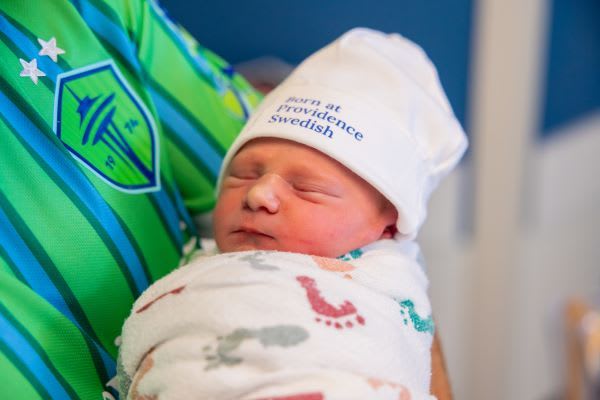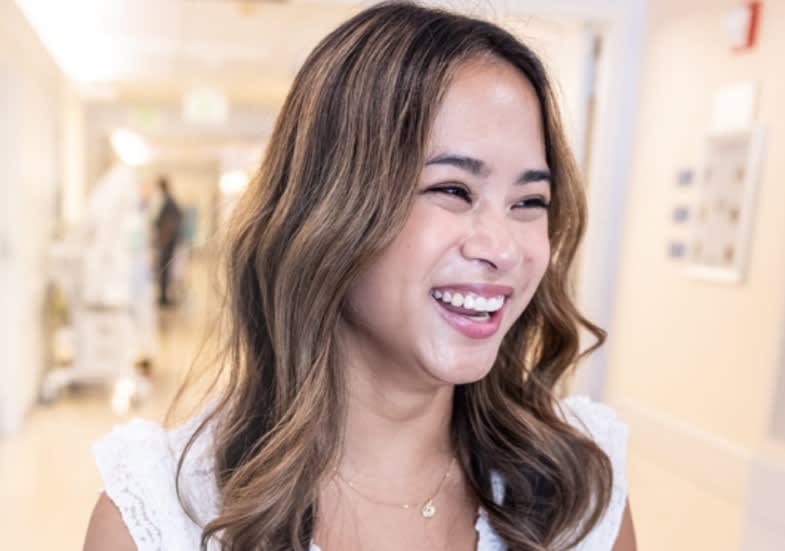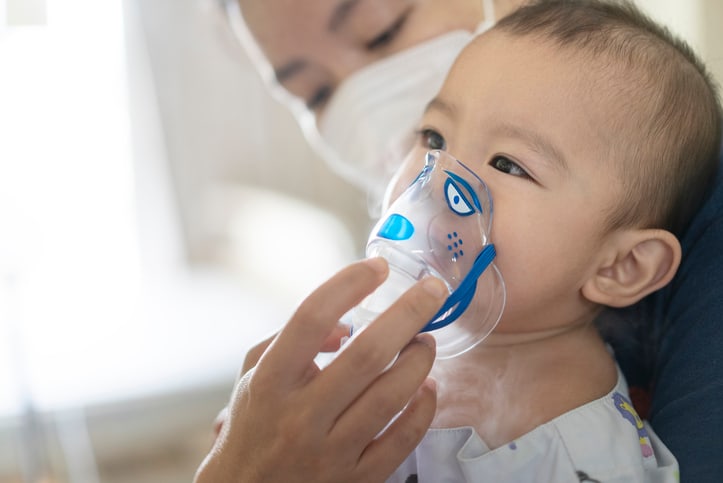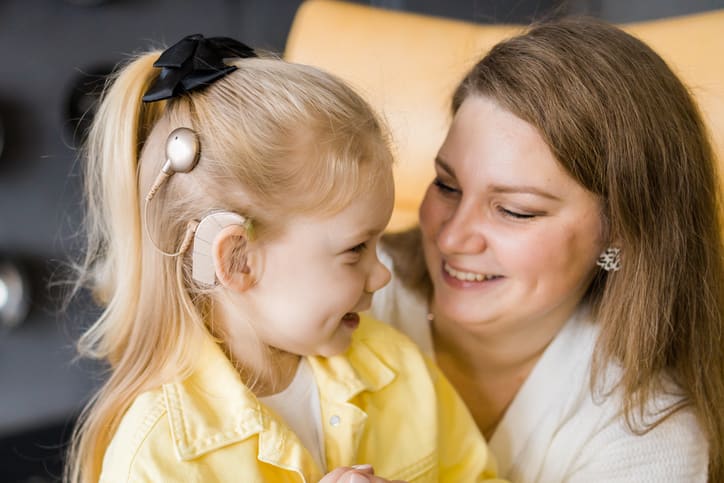RSV isn't just a cold

[5 min read]
In this article:
-
A surge in RSV and an influx of patients with other respiratory illnesses are driving a high number of hospitalizations, with many emergency departments and urgent care centers reaching capacity on a regular basis.
-
Most patients with RSV can be treated at home with medications like acetaminophen or ibuprofen (if older than 6 months) to help with fevers and discomfort, and by making sure babies and children stay hydrated.
-
Young infants and those with compromised immune systems may be at higher risk of complications from RSV.
-
A Swedish expert offers advice on identifying and treating RSV, and when to seek medical attention.
Respiratory syncytial virus (RSV) is a common respiratory virus that causes mild, cold-like symptoms. According to the U.S. Centers for Disease Control and Prevention (CDC), RSV leads to approximately 58,000 hospitalizations in children under the age of 5 each year. This year, however, the CDC is reporting a major increase in RSV detections and RSV-associated emergency department visits, with some regions of the country nearing peak seasonal levels. We spoke with Elizabeth Meade, M.D., FAA, IBCLC, Swedish’s medical director of education, outreach and quality, pediatrics, for answers to some of your questions about RSV, including how to treat the virus and when to see a doctor.
What is RSV?
RSV stands for Respiratory Syncytial Virus; it is one of the many respiratory viruses that causes what we know as cold symptoms, typically from late fall through early spring. Almost all children get RSV at least once before they are 2 years old, and children and adults can get it multiple times (even during a single season or year).
What is the current concern?
While RSV is a common virus that circulates every year, this year we are seeing a high number of cases and hospitalizations among children as well as an earlier start to the season in many parts of the country. This is likely due to relaxation of safety measures (like masking and distancing) associated with COVID, combined with a high number of children who have not been exposed to RSV over the last two years. It may be a particularly virulent strain of RSV this year as well, causing more significant illness.
Because many hospitals are already dealing with increased admissions of other types of patients and decreased staffing, there is concern that health care settings will not have enough beds or staff to care for a large influx of patients with respiratory viruses like RSV, flu and COVID. Hospitals who care for pediatric patients in our region are already experiencing high volumes of respiratory patients and are reaching capacity on a regular basis. Keeping up to date with routine immunizations as well as flu and COVID vaccines will help, as we know that children who have been vaccinated against flu and COVID are dramatically less likely to develop severe illness or need hospital care for these infections.
Because many hospitals are already dealing with increased admissions of other types of patients and decreased staffing, there is concern that health care settings will not have enough beds or staff to care for a large influx of patients with respiratory viruses like RSV, flu and COVID.
What does RSV look like at different ages?
For many older children and adults, RSV looks and feels like a typical cold – runny nose, fever, cough, congestion, sneezing, etc. In addition to these findings, younger infants are more likely to have symptoms affecting the lungs, like fast breathing, difficulty breathing or respiratory distress, difficulty feeding, wheezing, or need for oxygen support. This type of infection in the lungs is called “bronchiolitis” and typically affects babies and young toddlers.
For most people, the illness is at its worst on days 3 through 5 of symptoms, though this can vary. Fortunately, almost all children recover from RSV infection on their own or with supportive care, but some will need medical treatments and/or hospitalization to get better. Occasionally, RSV can lead to development of a bacterial infection like pneumonia or an ear infection.
How can I tell the difference between RSV, a cold, the flu and COVID?
It can be difficult to tell, as all these illnesses can have similar symptoms. Loss of taste or smell is more specifically associated with COVID, but often there is no way to know for sure without testing.
Who is at highest risk of severe illness from RSV?
Young infants under 3 months of age, babies who were born premature or at a low birth weight, infants and children with heart or lung disease, and children exposed to smoke during pregnancy or in the home are at higher risk of severe disease. Children who have a history of asthma/allergies/eczema, or anyone with a very compromised immune system or a serious chronic disease, may be at higher risk of complications with RSV.
Is there any way to prevent or treat RSV?
There is no way to truly prevent RSV, though some very premature infants or those with serious medical conditions may qualify for a monthly injection that helps decrease their risk of infection. Our best tools are those we use to prevent the spread of illness in general – handwashing, mask-wearing, staying home from work, school or daycare when sick, and avoiding anyone who has respiratory symptoms. If you are breastfeeding your child, they are likely to get some great antibodies from your breast milk which can help prevent illness as well! Additionally, not smoking can help decrease risk of RSV in your child.
Treatment of RSV is supportive. At home this may look like gentle suctioning of the nose to make breathing and feeding easier, a cool-mist humidifier, medications like acetaminophen or ibuprofen (if older than 6 months) to help with fevers and discomfort, and making sure babies and children stay hydrated. Children with respiratory illness may need to eat and drink smaller amounts more frequently, as congestion and illness symptoms can alter their normal feeding patterns. In the hospital, we provide supportive care as well with suctioning, hydration (which may need to be given through an IV or a feeding tube if the baby is unable to feed well), and oxygen or breathing support when needed.
When should patients contact their medical provider?
If your child is having difficulty breathing (fast and/or short breaths, grunting noises, unusual movements of the chest or belly with breathing, tugging between the ribs, wheezing), has a gray or blue color of the tongue, lips or skin, is unable to eat/drink normally or is showing signs of dehydration, or has a significant change in their level of activity or responsiveness, they should be seen by a medical provider right away. Any baby who has a fever of 100.4 F or more and is less than 2-3 months of age should be seen by a provider as well.
If you think your child may have RSV and they are younger than 3 months of age or in one of the other high-risk categories described above, call your provider for guidance. Older children and adults who are not having difficulty breathing or staying hydrated can often be monitored at home.
Learn more and find a provider
If you have questions about RSV or want to schedule vaccines and immunizations for your child, contact Swedish Pediatrics or your child’s primary care provider. Whether you require an in-person visit or want to consult a doctor virtually, you have options.
Swedish Virtual Care connects you face-to-face with a nurse practitioner who can review your symptoms, provide instruction and follow up as needed. If you need to find a doctor, you can use our provider directory.
Join our Patient and Family Advisory Council.
Additional resources
This information is not intended as a substitute for professional medical care. Always follow your health care professional's instructions.



